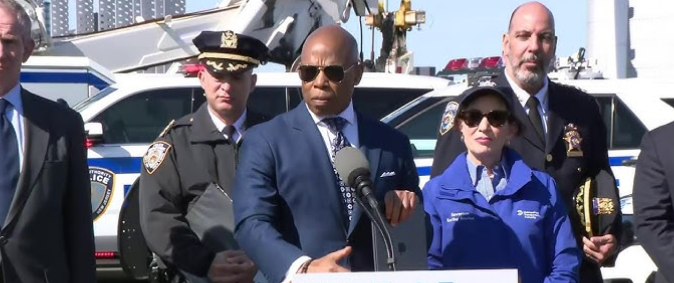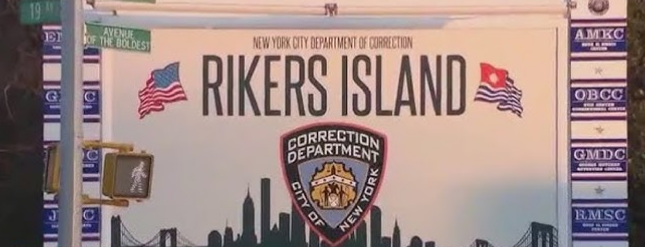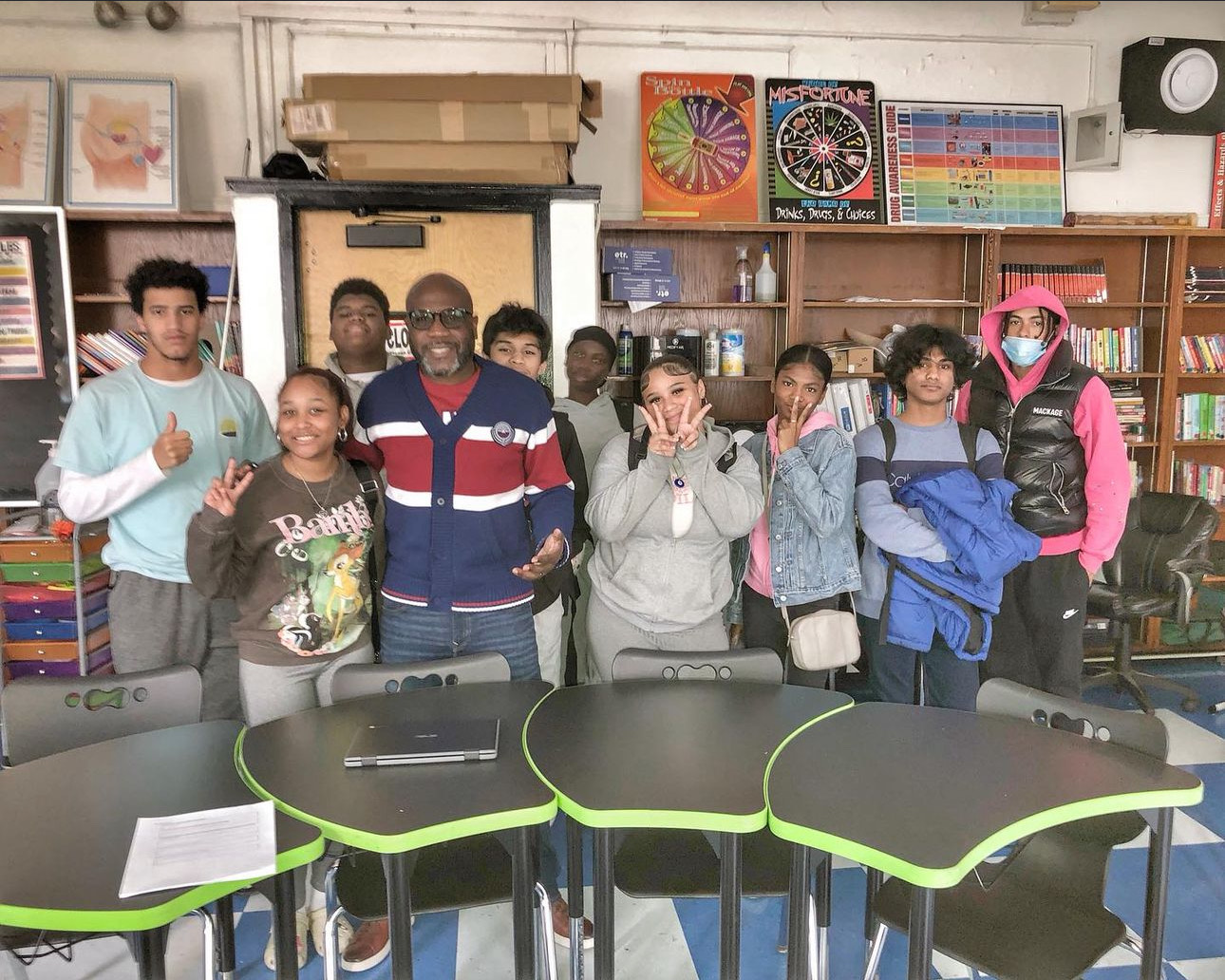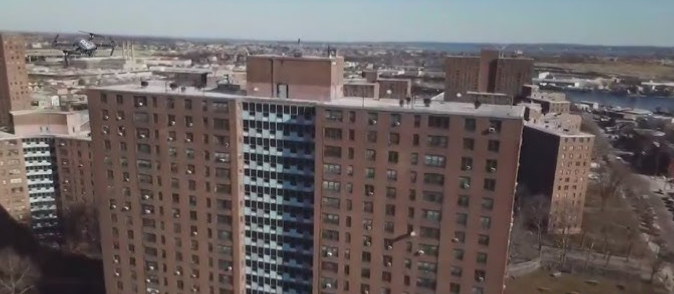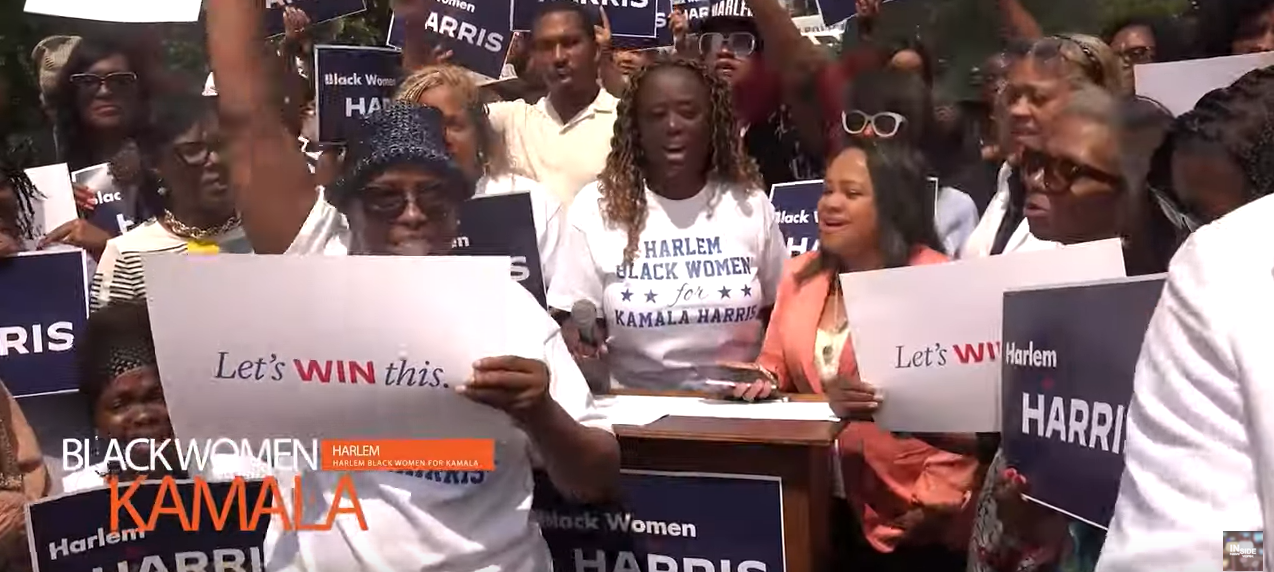Eric T. Schneiderman
New York State Attorney General Eric T. Schneiderman has announced a new grant initiative to address the growing statewide problem of so-called “zombie homes” – vacant and abandoned homes that are not maintained during a prolonged foreclosure proceeding.
The Zombie Remediation and Prevention Initiative will provide $13 million in grants to local governments throughout the state through a competitive application process. The 100 communities with the greatest problem of zombies and vacancy have been invited to apply for the funds. The money will address housing vacancy and blight by bolstering municipalities’ capacity for housing code enforcement, for tracking and monitoring vacant properties, and for legal enforcement capacity to ensure banks and mortgage companies comply with local and state law.
The grants also require communities to develop innovative programs and policies and connect at-risk homeowners to services so they can avoid foreclosure and stay in their homes. The initiative coincides with the recent passage of the Abandoned Property Neighborhood Relief Act, a bill that was authored by Attorney General Schneiderman, championed by Senator Jeff Klein (D-Bronx) and Assemblywoman Helene Weinstein (D-Brooklyn), and signed into law by Governor Cuomo on June 23rd.
“Too many communities across this state have been hit hard by the proliferation of zombie properties,” Schneiderman said. “This new grant initiative puts tools directly in the hands of towns and cities across the state to reverse course, rebuild from the foreclosure crisis, and put zombie homes in the rear-view mirror.”
Funding for the initiative will be drawn from the $3.2 billion settlement agreement with Morgan Stanley that Schneiderman, as co-chair of the federal-state working group on residential-mortgage-based securities, negotiated in February. That settlement generated $550 million in cash and consumer relief for New Yorkers.
The Local Initiatives Support Corporation (LISC) is running the grant program. LISC is a national community development intermediary that specializes in affordable housing, economic development, and community revitalization. LISC selected the grantees for this program based on the number of abandoned properties within the municipality; the proportion of such properties compared to the overall size of the municipality; and its level of general economic distress. All invitees must have populations of at least 5,000 residents and at least 100 vacant and abandoned properties.
Applications are due on Tuesday, August 16th, by 5 p.m. and award notifications will be made by early September 2016.
LISC expects to award grants in amounts ranging from $75,000 to $350,000, depending on the size of the municipality, the scope of its zombie problem, and its track record and capacity for addressing such issues. Each municipality must also include a prevention component in its application, to connect families to services that help families avoid foreclosure, including programs supported by the Attorney General, describe in more detail below.
There are at least 16,000 zombie homes across the state, based on data released by Realty Trac in 2015. Zombie homes invite crime, threaten public safety, and drive down the value of surrounding homes. Studies have shown that each zombie property reduces the value of all homes within 750 feet by one percent.
The Zombie Remediation and Prevention Initiative is but one component of Attorney General Schneiderman’s broad strategy to help New York families and communities recover from the housing crash. He has led the fight for strong bank settlements that hold the banks accountable for their recklessness and responsible for mitigating the damage they caused. He has obtained settlements that brought more than $70 billion to communities across the country.
More than $5 billion of that settlement money has flowed into New York. It allowed the Office of the Attorney General to establish the Homeowners Protection Program, HOPP, in 2012, which currently funds 90 agencies across the state to provide legal services and counseling to help families stay in their homes. More than 62,000 families have been served to date; and nearly a third of them have mortgage modifications pending or approved. In Central New York, HOPP has served 3,600 families.
That settlement money also established the New York State Mortgage Assistance Program (MAP) in 2014. Since it began, MAP has provided $18 million in small loans to homeowners to clear other debts and qualify for mortgage modifications; it has prevented more than 650 foreclosures; and it has preserved $153 million in property value for nearby homeowners.
The Office of the Attorney General has allocated some $30 million from settlement monies toward land banks—local, nonprofit entities that purchase and rehabilitate abandoned properties that are a blight on communities across the state. Already, 16 land banks in communities from Erie to Suffolk County are working to return vacant properties to productive use, including the Syracuse Land Bank, which has obtained 1,000 properties, razed 100 of the most dilapidated, unsafe structures, and restored 270 to the market.
The initiative coincides with the recent passage of the Abandoned Property Neighborhood Relief Act, a bill that the Attorney General wrote, the Legislation passed and the Governor signed. Among other provisions, that law requires banks to register any properties abandoned by their owners with the Department of Financial Services and to maintain those properties during the foreclosure process, and not just once the process has been completed. Banks face significant fines for non-compliance. The state will share the registry with localities and will run a toll-free hotline for individuals to report such properties.






